
People have had to compute things -- process numbers -- for a long time.
It's necessary to work with numbers to deal with accounts, from figuring out billings and payroll down to making change in a store; but more generally, it's necessary to work with numbers to organize any large-scale project.
Those of you who are not as comfortable with working with numbers may be pleased to know that for a lot of human history, very few people were able to work with numbers. Technology for working with numbers includes our number representation system, like how you make an eleven like one-one (write 11), and that "1" means ten whereas this "1" means just one. Actually, this "positional notation" was a major advance in working with numbers, and in mathematics generally.
But I'd like to focus specifically on machinery. Here are some things which I think were particularly new, or that demonstrated new ideas, at certain points in the history of computing machinery.
Earliest technologies for record-keeping and computation were notches in sticks. This bone is thirty-five thousand years old and was notched to count something or other (perhaps sheep, perhaps people, perhaps the passage of time):

The abacus is almost certainly the oldest calculating machine. Historians and archaeologists have traced it back to ancient Roman and ancient Greek times, but it's almost certainly much older than that.

In class I demonstrated a child's toy version, in part because it's easier for me to use; in part because it's larger.
The abacus is the first device, as opposed to a mere system (such as notches in sticks or bones).
An abacus is a very effective calculating tool. The device below was sold in Japan in the 1980s, because people good with the abacus can add and subtract faster with an abacus than with a calculator. However, unless you're very good, multiplication is faster with a calculator, and I think that division and other arithmetic operations are faster with a calculator for anyone.

"Napier's bones", late 1500s:
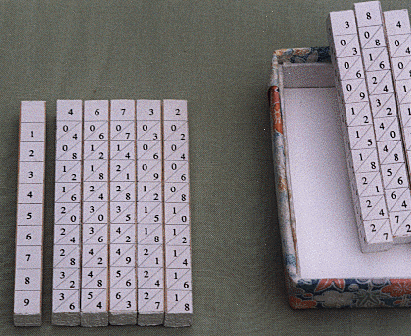
Abacus: You put that bead there. Modern calculator: out of nowhere!
Napier's bones: You didn't exactly put that there.
In class I partially demonstrated how to
use them; it's basically just a multiplication table.
"Slide rule", invented in the 1600s.
Used until the 1970s. Any university science student owned a slide rule, until approximately 1980. (supplanted by calculators)
In class, I illustrated 2+3 with linear rulers on an overhead.
Then, gave a
brief explanation of logarithmic scale; illustrated 2*3 with logarithmic rulers
A fair sophistication with numbers is required to use a slide rule (mostly because of details which we didn't get in to in the class). But it still tells you something you didn't know.
You do lose some understanding of numbers in using a calculator.
Pascal's adding machine, 1642
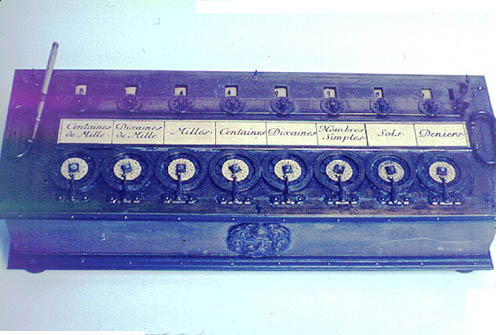
How the gears inside do carries from one column to the next column to the
left:
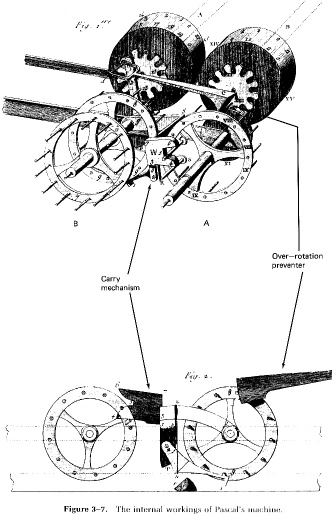
Harrison's clocks (1700s); the "longitude problem"
Weizenbaum's observation about eating lunch because a clock says noon, rather than because you're hungry
clockwork as a metaphor
Galvani and Volta, 1790s
industrial machines in late 1700s and 1800s. "industrial revolution"
-> "computer revolution" -- compare physical might versus mental might
1890 U.S. census
census every ten years...
yikes, we're not going to be done tabulating the 1890 census by 1900!
Herman Hollerith, "Hollerith cards" (now called "punch cards")
capable of being processed by various automated means.

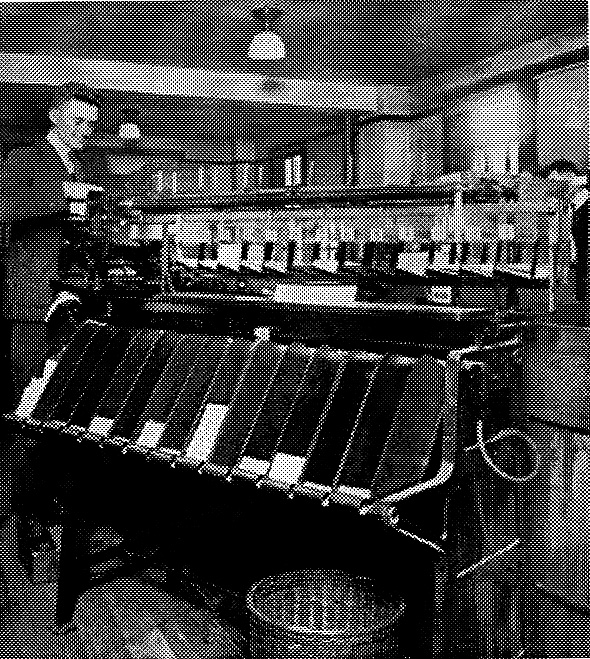
want a machine which you set a task for and it "churns away" for a while
(these days with computers, approximately zero seconds for most daily uses,
but still, works on the problem until it's done)
-> algorithmic machines
Charles Babbage's difference engines
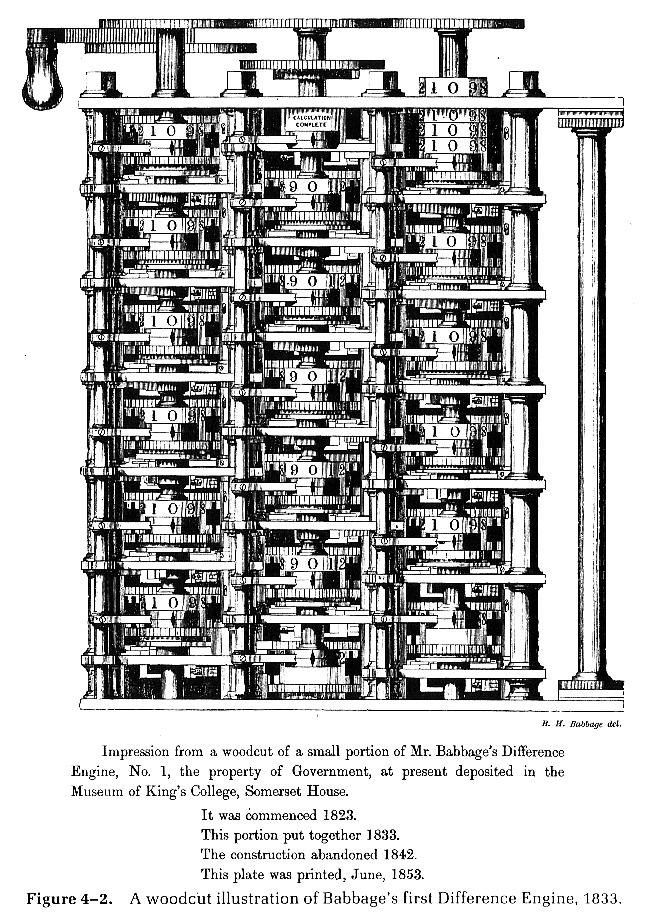
Jacquard Loom (1801)
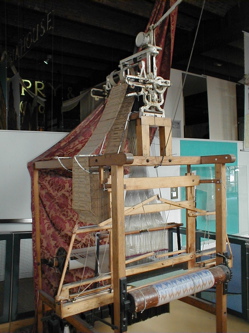
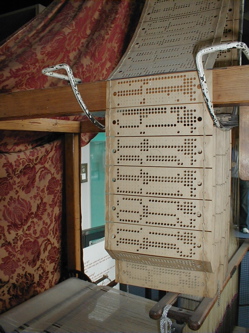
(admittedly, doesn't actually compute... but it is an algorithmic machine; "churns away" more than any of the above)
Charles Babbage's "analytical engine" idea
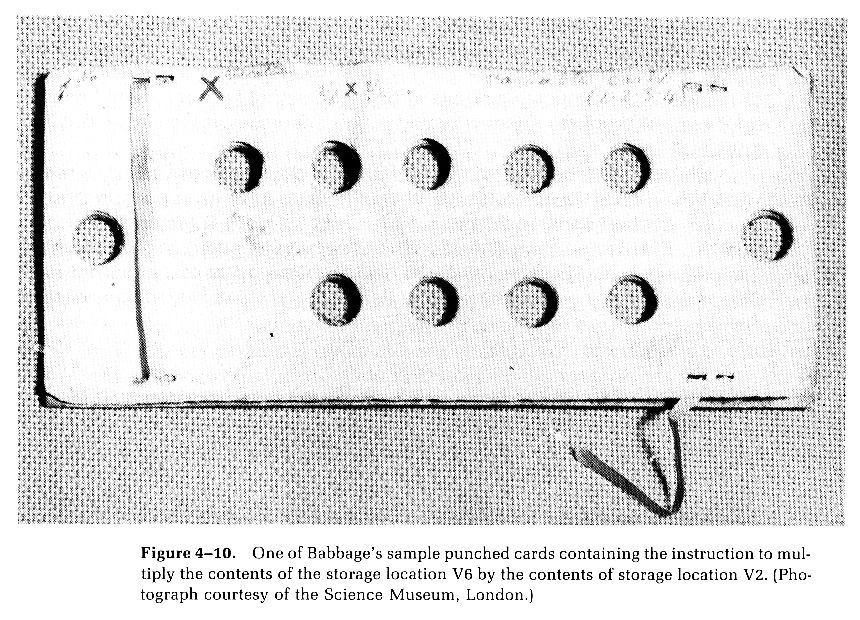
precursor of Hollerith cards
previous are "electromechanical" -- like the operation of the eject button on your DVD player -- lots of moving parts
Something purely electrical is faster.
Vacuum tubes:
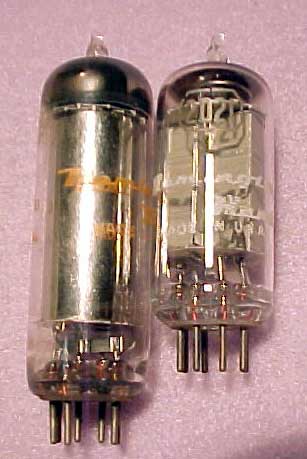
"ENIAC":
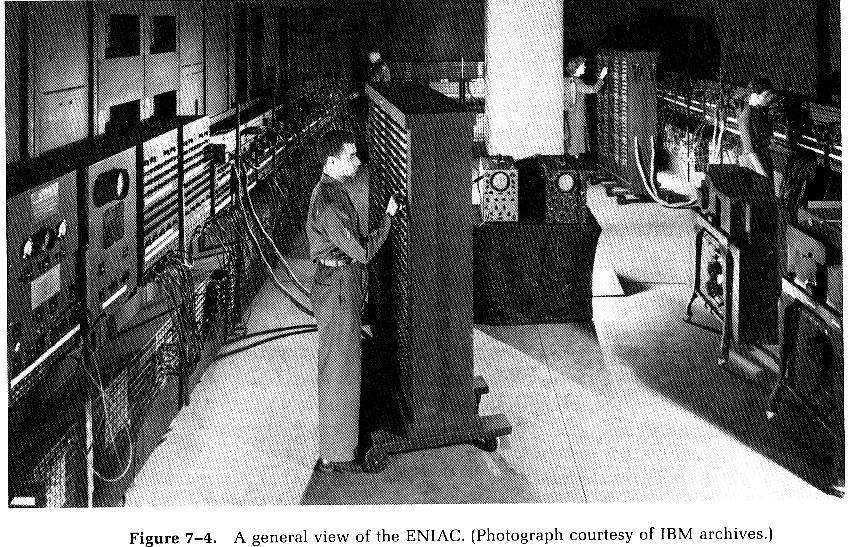
"Transistor", Shockley, Bell Labs, 1948
Smaller than vacuum tubes, more reliable, switches faster.
(not used in computers until about 1958, tricky)
Suppose a modern CPU were made out of vacuum tubes? Something like 10 cubic centimetres times 10 million,... compare to size of lecture hall?
In a way, the transistor is to the vacuum tube as the vacuum tube was to the mechanical storage mechanisms of the Babbage devices and their predecessors. Further electronics advances continue to help to make computers smaller, cheaper, and more reliable; but the use of the transistor was the last fundamental change in the technological basis for the building of computing devices... so far.
Computers don't mean computation to people any more. What do they mean? (Still based on computation!)
internet security situation: small village to smelly big city